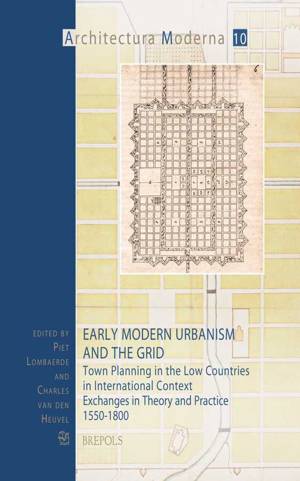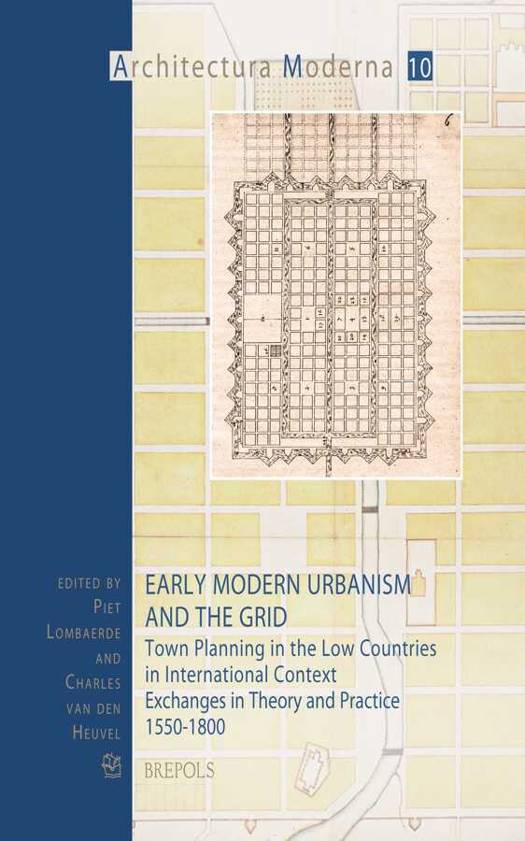
- Retrait gratuit dans votre magasin Club
- 7.000.000 titres dans notre catalogue
- Payer en toute sécurité
- Toujours un magasin près de chez vous
- Retrait gratuit dans votre magasin Club
- 7.000.0000 titres dans notre catalogue
- Payer en toute sécurité
- Toujours un magasin près de chez vous
Early Modern Urbanism and the Grid
Town Planning in the Low Countries in International Context. Exchanges in Theory and Practice 1550-1800
Piet Lombaerde
Livre broché | Anglais
161,45 €
+ 322 points
Description
From the late sixteenth century until around 1800, new ideas and practices of urban planningand the implementation of public buildings, water works and fortifications from the Low Countrieswere disseminated across Europe and America. Engineers, mathematicians and other scientistsin the Low Countries applied methods of design and land surveying that were gradually assimilated and often modified following exchanges within local practice. In some cases, models were projected onto the existing situation. This phenomenon of disseminating and exchanging theoretical models and practical methods between the Low Countries, Europe and its colonies during this period developed into a new Early Modern Urbanism movement within the Western World. Grid-like plans figured prominently in these processes of dissemination and exchange. In the Low Countries, grid-like structures allowed a comprehensive approach to a multitude of complex problems in urban planning (for example, the connection of canals, streets and fortifications) in parts of existing towns, as well as in city extensions and ex novo cities. Moreover, the experimental approaches in Antwerp and other urban laboratories resulted in new theories on town planning and fortification as well. Given the distinct cultures of the Catholic Spanish Southern Netherlands and the Republican, Dutch Calvinist Northern Netherlands, the Low Countries provide an excellent case for studying the identity of urban forms. Both engaged in enormous expansion overseas, and the simultaneous exchange of practices between the southern and northern parts of the Low Countries lead to the combination of identities. In this new volume in the Architectura Moderna series, various scholars examine the dissemination of practical methods and theoretical models of urban planning from the Northern and Southern Low Countries, in addition to exchanges with local practices in Northern and Central Europe and in the New World.
Spécifications
Parties prenantes
- Auteur(s) :
- Editeur:
Contenu
- Nombre de pages :
- 272
- Langue:
- Anglais
Caractéristiques
- EAN:
- 9782503540733
- Date de parution :
- 31-08-11
- Format:
- Livre broché
- Format numérique:
- Trade paperback (VS)
- Dimensions :
- 221 mm x 277 mm
- Poids :
- 929 g

Les avis
Nous publions uniquement les avis qui respectent les conditions requises. Consultez nos conditions pour les avis.






